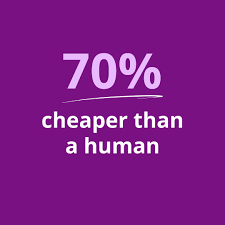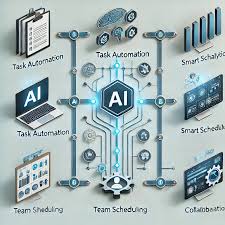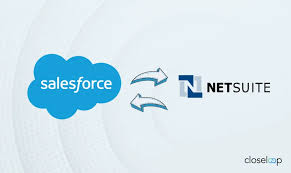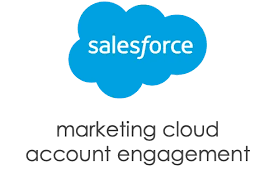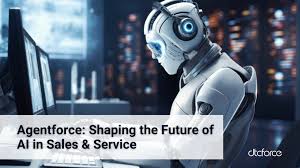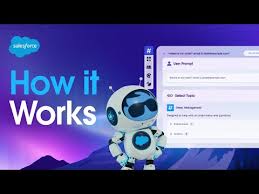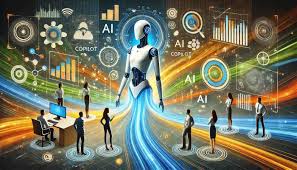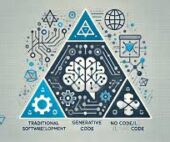AI Agent Trends
AI Agents: Key Statistics and Trends for 2025 “The agent revolution is real and as exciting as the cloud, social, and mobile revolutions,” remarked Salesforce Chair and CEO Marc Benioff. “It will provide a level of transformation that we’ve never seen.” With the general availability of Agentforce, the era of AI-powered agents is officially here. These intelligent software agents, designed to perform tasks autonomously or in collaboration with humans, are already transforming businesses by driving efficiency and improving customer outcomes. AI Agents in Action Companies across the globe are leveraging AI agents to achieve remarkable results. For example, Wiley has seen a 40% boost in case resolution rates with Agentforce, far surpassing their previous bot’s performance. Other success stories from Saks and Opentable reinforce the ROI potential of this groundbreaking technology. Salesforce research highlights data from consumers, employees, and business leaders worldwide, demonstrating how AI agents address key pain points while unlocking significant opportunities for enterprises and individuals alike. Why Consumers Need AI Agents Traditional customer service processes often frustrate consumers, leading to inefficiency and dissatisfaction: AI agents are transforming this landscape with immediate, personalized assistance that minimizes wait times and eliminates repeated explanations. Consumer sentiment indicates a growing acceptance of this technology: Why Enterprises Need AI Agents For enterprises, inefficiency is a persistent challenge. Time-consuming administrative tasks often prevent workers from focusing on strategic, customer-centric activities: AI adoption is increasingly a priority for revenue-generating teams, with measurable benefits: Salesforce experts emphasize that while AI has already proven its value in service, sales, marketing, and commerce, the surface of its potential has only just been scratched. The Agent-First Future As organizations adopt an agent-first approach, they unlock opportunities to redefine operations, increase efficiency, and drive innovation: AI agents are not just the future—they’re the present solution to enduring challenges, empowering businesses to meet the demands of a rapidly evolving digital economy. Like Related Posts Salesforce OEM AppExchange Expanding its reach beyond CRM, Salesforce.com has launched a new service called AppExchange OEM Edition, aimed at non-CRM service providers. Read more The Salesforce Story In Marc Benioff’s own words How did salesforce.com grow from a start up in a rented apartment into the world’s Read more Salesforce Jigsaw Salesforce.com, a prominent figure in cloud computing, has finalized a deal to acquire Jigsaw, a wiki-style business contact database, for Read more Service Cloud with AI-Driven Intelligence Salesforce Enhances Service Cloud with AI-Driven Intelligence Engine Data science and analytics are rapidly becoming standard features in enterprise applications, Read more



